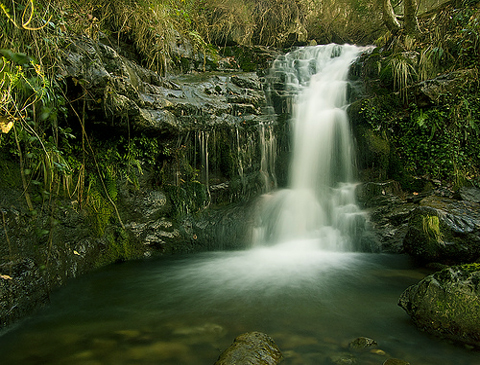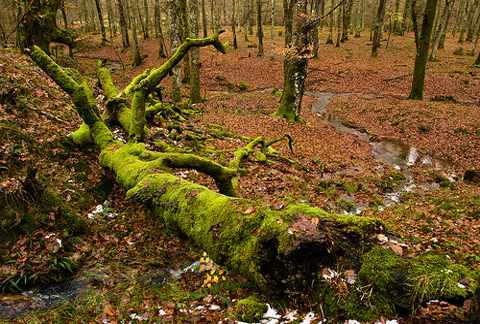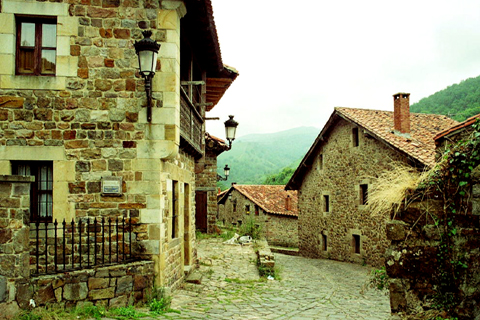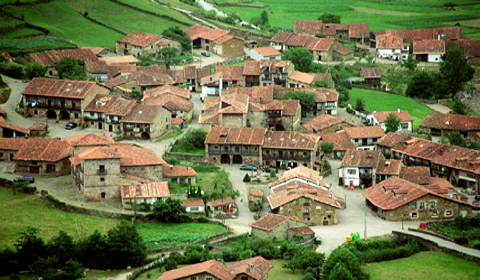
The Saja-Besaya Natural Park is located in the central sector of Cantabria and has been classified as a Natural Park since 1988. Its name is due to the Saja and Besaya rivers, whose hydrographic basins comprise the limits of this park along with Monte Río Los Vados, in its extreme north, and the Fuentes-Palombera and Sierra del Cordel mountains, in the south.
This vast territory constitutes the largest natural reserve in the entire peninsula, as well as being the habitat of an important fauna . The forest vegetation in this protected area is a magnificent example of the Atlantic forests characteristic of humid Spain. Oak, beech, birch and holly make up important forests in areas such as Ucieda, Cieza, Los Llares and the headwaters of the Saja and Argoza rivers.

With regard to the fauna , species such as deer, roe deer, wild boar, and even some endangered such as the grouse and the golden eagle, inhabit this vast territory. Occasionally, the brown bear roams the high areas of the Natural Park, although it no longer has a stable presence in it.
The landscapes of this protected area include, in addition to the forests, wide areas of meadows that are traditionally used for the maintenance of the cattle herd in freedom. This form of exploitation is linked to the conservation of the Tudanca cow, a native breed of Cantabria perfectly adapted to its environment.
Bárcena Mayor and Carmona
Many are the towns that stand out for some peculiarity: Tresabuela and Salceda for their picturesque churches, Lombraña and Puente Pumar for their beautiful mansions or Sobrelapeña and Lafuente for their beautiful Romanesque church and primitive sculptures.

Bárcena Mayor , is the only town located within the Natural Park and one of the jewels of Cantabrian rural architecture , which is why in 1979 it was declared a Historic-Artistic Complex . Its closest natural environment is made up of extensive oak and beech forests.

Carmona , another of the architectural jewels of Cantabria, also declared a Historic-Artistic Complex for its typical mountain architecture. Traditionally dedicated to Tudanca breed cattle and wood crafts.
